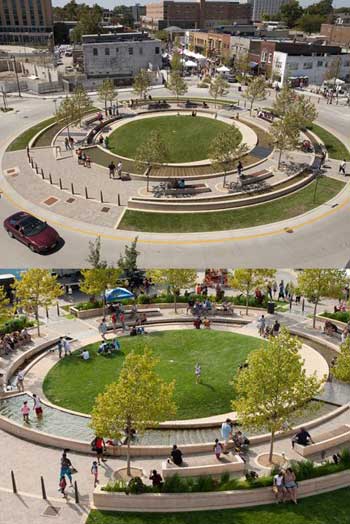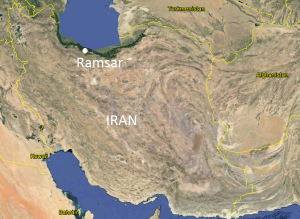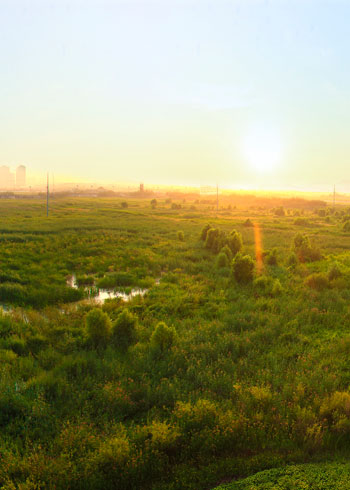Island Life: Urban Habitats as Theaters for the Evolution of Biodiversity – The Nature of Cities
— Read on www.thenatureofcities.com/2018/02/20/island-life-urban-habitats-theaters-evolution-biodiversity/
A quote from the essay:
Our cities are known as centers of creativity. This usually means theater, art, and choreography. We now know that the creative acts also include modified dispersal and pollination rates, tolerance for soil pH, and leaf morphologies resistant to heat stress. Buy a ticket and get a front row seat, this new evolutionary show will knock your socks off.




